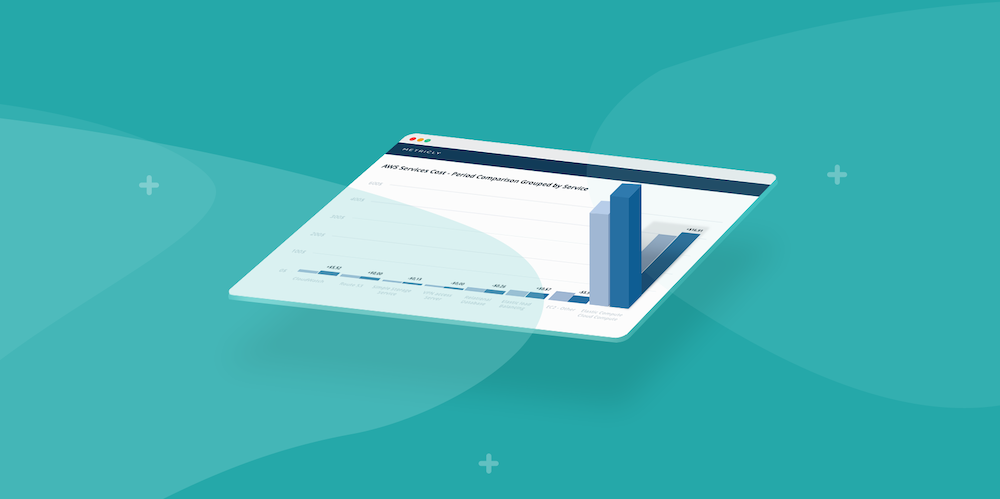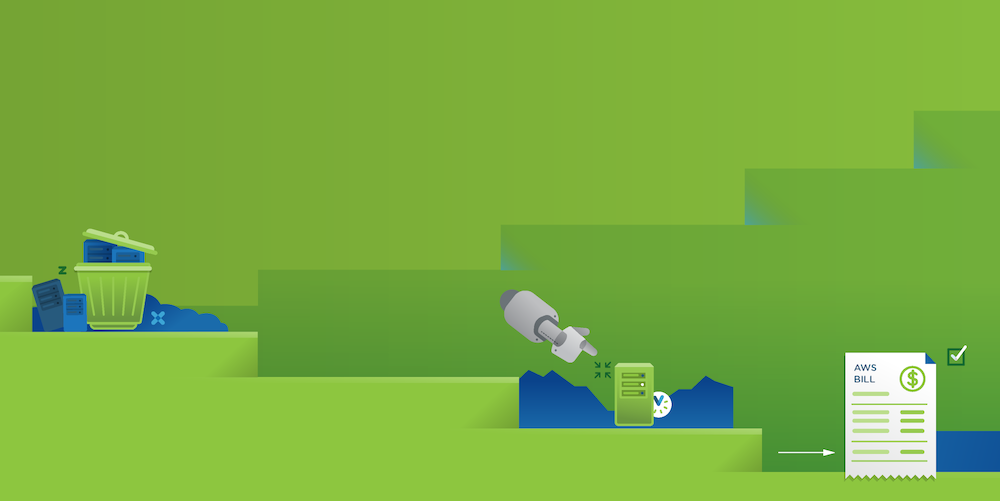You can only compute as fast as your data can move. And if your data stops moving completely, you have a real problem. Data, in other words, is likely to be the biggest bottleneck in your software stack.
Think about it. Today, networks can transfer gigabytes in seconds. Multi-core CPUs can crunch information at blazing speeds. Data center servers have gobs of memory for storing information quickly. But if the data that all of these components are working with cannot be sent or received from your database quickly enough, the rest of the power in your infrastructure is for naught.
This is why wringing all of the performance you can out of your databases and minimizing errors is so important. To obtain that performance, you need to be able to monitor your databases continuously by collecting metrics about data throughput and errors.
Below, I explain how to use Metricly to monitor the performance of one type of database, MySQL, which you are very likely to be using. And even if you run a different type of database, the lessons below will still apply to you, since Metricly provides integrations for all of the other major databases (including the NoSQL options) in addition to MySQL.
Getting Started
This is where Metricly comes in. Metricly is a full-stack performance monitoring and analytics tool that integrates with over 65 services and tools to help keep you on top of the health of your application. While Metricly has some incredibly useful integrations with SaaS tools like GitHub, PagerDuty, and Slack, its true power comes from its server-based monitoring integrations.
To get started with Metricly for MySQL database monitoring, you need to install the Metricly agent on the server where your database is running. Part of the beauty of Metricly’s monitoring solution is that installing the agent is a one-command deal. All you need is a server with root access and an API key:
sudo N_APIKEY=YOUR_API_KEY bash -c “$(curl -Ls http://repos.app.netuitive.com/linux.sh)"
This command installs and runs the Metricly Linux agent. This agent runs as a background process on your Linux server and monitors everything from CPU to disk and memory usage. After a few minutes, your Metricly dashboard will populate with information about your server.
MySQL Database Monitoring
With the agent installed on the server, we can now set up the Metricly MySQL Collector in order to collect detailed information about our MySQL database.
To do this, we first need to give the Metricly agent access to the process data. It is best practice to create a new MySQL user and grant only the permissions needed by the Metricly agent to do its job. (Metricly has some more detail about MySQL permissions here.) But for the sake of this demonstration, granting all privileges is more than enough to send some data up to Metricly. You can do that by logging into the MySQL shell as root and running this command:
GRANT ALL PRIVILEGES ON . TO ‘— USERNAME’@’127.0.0.1’ IDENTIFIED BY ‘PASSWORD’;
Running this command in MySQL as root will grant all privileges to the defined username using the set password. Because this is a user-management setting, restarting the MySQL daemon isn’t necessary, so all we have left to do is to enable the Metricly MySQL collector.
To accomplish this, open up: /opt/netuitive-agent/conf/collectors/MySQLCollector.conf in your favorite editor and change the enabled setting to True. You’ll also want to update the hosts setting with the username and password you defined in the MySQL shell command above, which will give the Metricly agent direct access to your MySQL process. As with the NGINX step, you’ll want to be sure to restart the Metricly agent before you start seeing data in your Metricly dashboard.
Taking MySQL Database Monitoring Further
Thanks to the flexibility of the Metricly Linux agent, monitoring new processes is often as simple as running a couple of commands. Everything from Apache to Zookeeper is supported by Metricly, and if this is something you are considering integrating into your application monitoring system, I recommend (again) browsing through Metricly’s Integrations directory. Understanding what is happening in your infrastructure from the ground up is crucial to staying ahead of the curve on application development and support.
Metricly coaches users throughout their cloud journey to organize, plan, analyze, and optimize their public cloud resources.
Try Metricly Free




